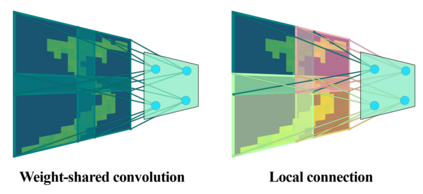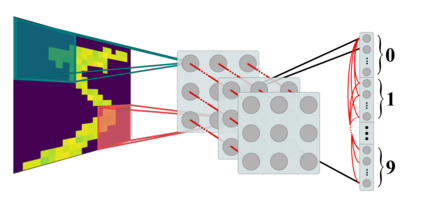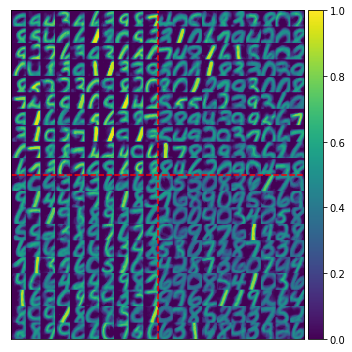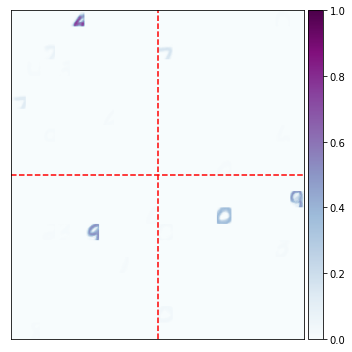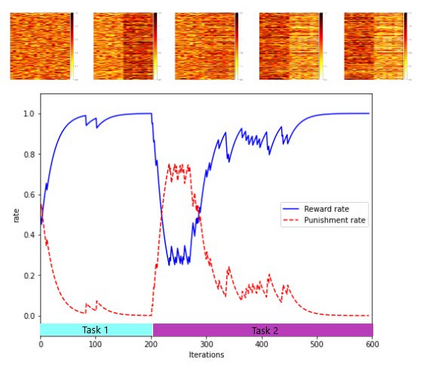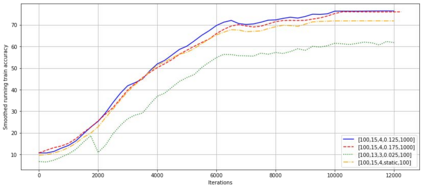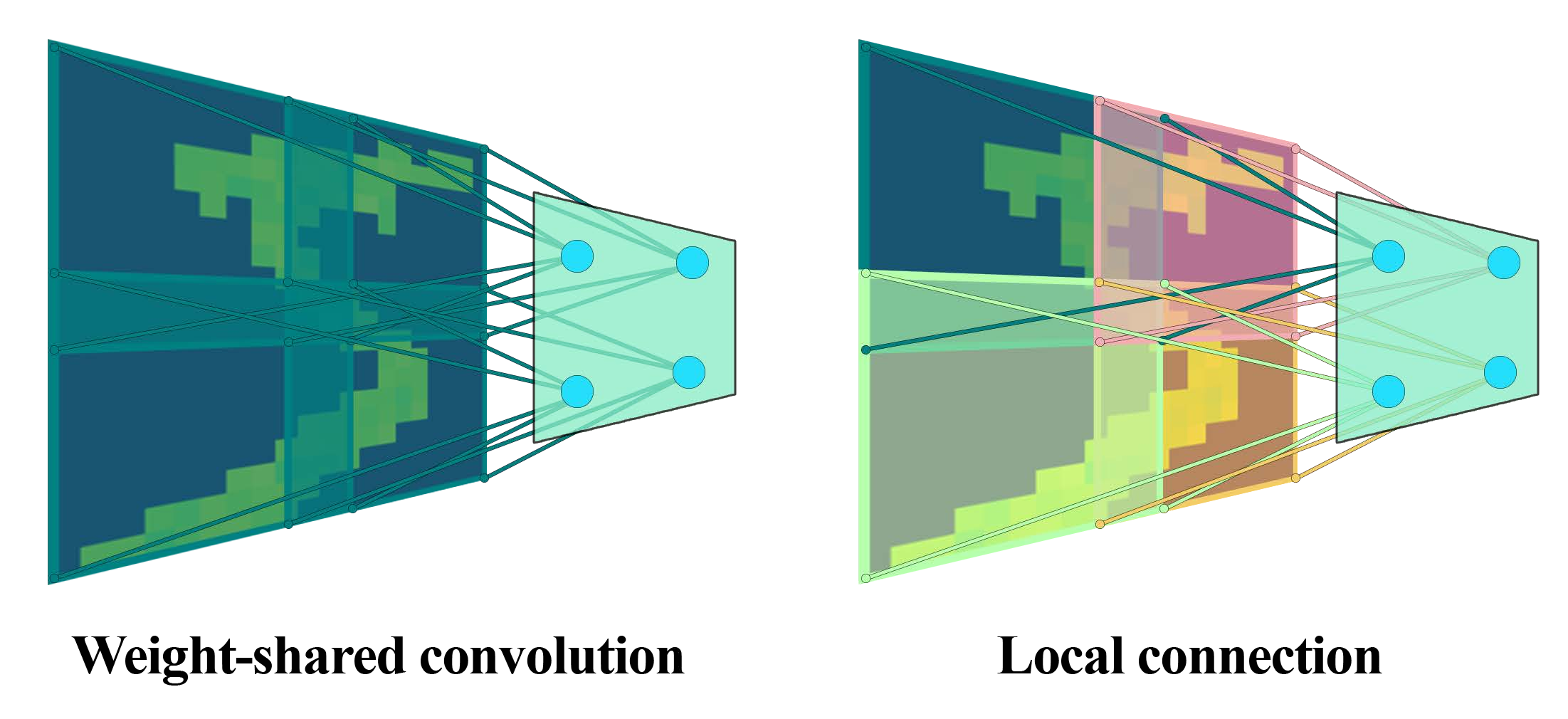Brain-inspired computation and information processing alongside compatibility with neuromorphic hardware have made spiking neural networks (SNN) a promising method for solving learning tasks in machine learning (ML). Spiking neurons are only one of the requirements for building a bio-plausible learning model. Network architecture and learning rules are other important factors to consider when developing such artificial agents. In this work, inspired by the human visual pathway and the role of dopamine in learning, we propose a reward-modulated locally connected spiking neural network, BioLCNet, for visual learning tasks. To extract visual features from Poisson-distributed spike trains, we used local filters that are more analogous to the biological visual system compared to convolutional filters with weight sharing. In the decoding layer, we applied a spike population-based voting scheme to determine the decision of the network. We employed Spike-timing-dependent plasticity (STDP) for learning the visual features, and its reward-modulated variant (R-STDP) for training the decoder based on the reward or punishment feedback signal. For evaluation, we first assessed the robustness of our rewarding mechanism to varying target responses in a classical conditioning experiment. Afterwards, we evaluated the performance of our network on image classification tasks of MNIST and XOR MNIST datasets.
翻译:大脑激发的计算和信息处理,以及与神经形态硬件兼容,使神经网络(SNN)成为解决机器学习(ML)学习任务的一个很有希望的方法。 Spiking神经元只是建立生物可复制学习模式的要求之一。网络架构和学习规则是开发这种人工剂时考虑的其他重要因素。在这项工作中,在人类视觉路径和多巴胺在学习中的作用的启发下,我们提议为视觉学习任务提供一种奖励-调控本地连接的神经网络BioLCNet(SNNN),以便从Poisson分布式螺旋列中提取视觉特征。为了从Poisson分布式钉钉列中提取视觉特征,我们使用了更类似于生物视觉系统的本地过滤器,而生物视觉系统则更类似于富于重量共享的脉冲过滤器。在解码层中,我们应用了基于人口的快速投票计划来决定网络的决定。我们使用了迷魂迷魂-刺激依赖塑料的塑料(STDP)来学习视觉特征,以及其奖励调制变体变体(R-STDP),用于根据奖分录或惩罚反馈信号信号信号来培训脱色器,我们对模型的模型进行评估,我们改革的模型的模型的模型的测试,我们对模型的模型的模型进行评估。

